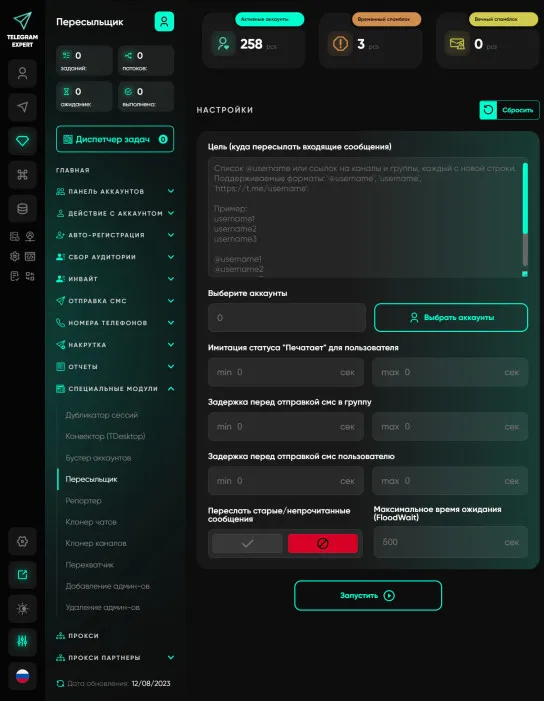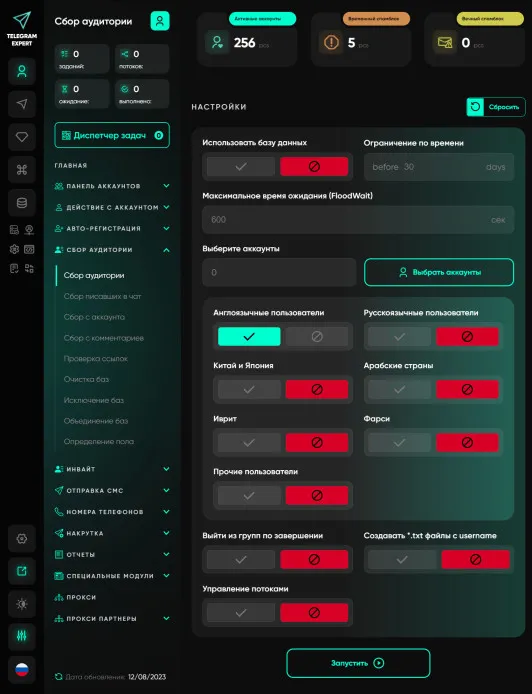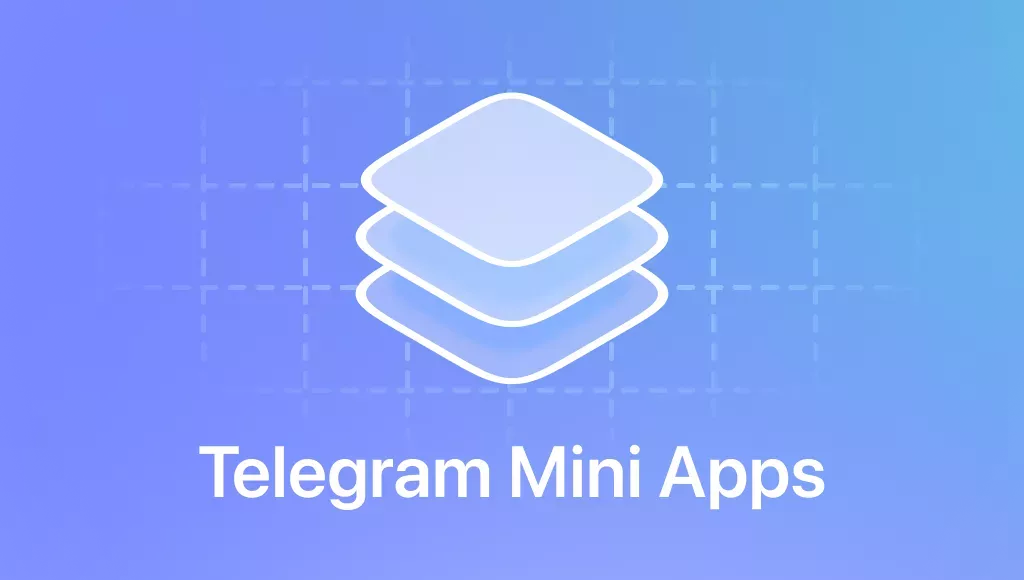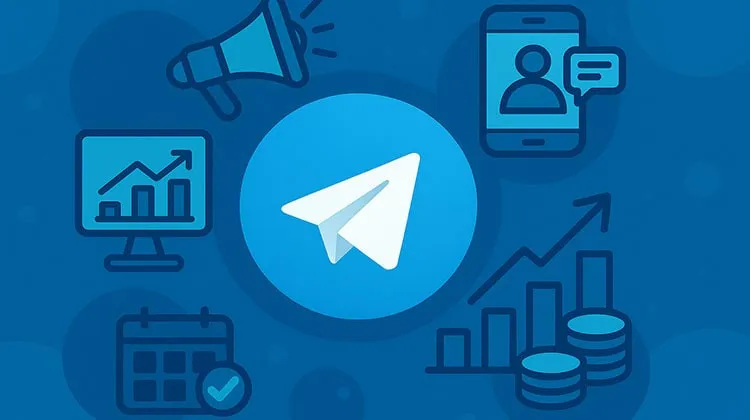
Telegram Channels: How to Build a Brand Voice and Turn Reading into a Habit
A Telegram channel is not just a news feed. It’s a place where your point of view shows up regularly and recognizably, and the audience receives predictable value. When people search for “Telegram promotion,” “how a channel grows,” or “content plan for a channel,” they don’t need a bag of tricks but a clear system — promise, rhythm, format, feedback, and careful analytics.
The channel’s promise: what exactly you promise and to whom
Formulate a short promise that’s easy to repeat out loud: “every weekday — one practical idea,” “once a week — a case study without fluff,” “industry news that actually matters.” This promise is your filter for topics and a quality criterion: anything that doesn’t help deliver the promise is unnecessary.
Design is part of the meaning
@username and avatar: recognizable even in small previews.
Two-paragraph description: what the channel is about, for whom, and what value it provides.
Starter pack of 8–12 posts: a new reader immediately sees the “substance.”
Pinned post: how things work here, how to subscribe to sections, where to ask questions.
Rhythm, sections, and attention “anchors”
People return for predictability. Introduce rituals: Friday digests, Tuesday case studies, Sunday tool breakdowns. Keep 3–5 sections and publish consistently. This way “channel growth” happens gently: the reader knows when to expect value, and you know what exactly to prepare.
A post people finish reading
Lead paragraph: why this post exists and who it helps.
Essentials: specifics instead of generalities, examples and formulas.
Conclusion and action: save, discuss, move to a bot or a guide.
Use keywords naturally: “subscribers,” “monetization,” “Telegram analytics,” “content plan” — only where they truly reflect the meaning.
Growth without pushiness
What works: cross-mentions with like-minded channels, a preview widget on your website, personal recommendations from authors, and “best of the month” selections. Create separate invite links and add UTM tags to see which sources bring not just traffic but readers who finish and react.
Analytics: simple questions instead of complex dashboards
Completion and reactions: is the post truly useful?
Link clicks: where does the audience go next?
Repeat visits: do people come back for new releases?
If there are reactions but no comments — add a discussion “hook” at the end. If clicks are low — rewrite the lead and make the CTA clearer.
Common mistakes and quick fixes
Too many formats at once: keep 2–3 core ones for 6 weeks.
Long posts without a lead: the first paragraph must answer “why read this.”
No linked group: discussions move to DMs and get lost.
FAQ
Where to start a channel? With a short promise, a starter pack of 8–12 posts, and a clear description.
How often to publish? Consistently. To begin — 3–5 posts per week.
How to measure results? Completions, reactions, clicks, transitions to the bot, and repeat visits.




